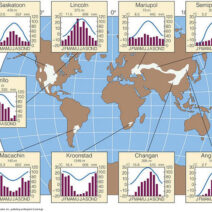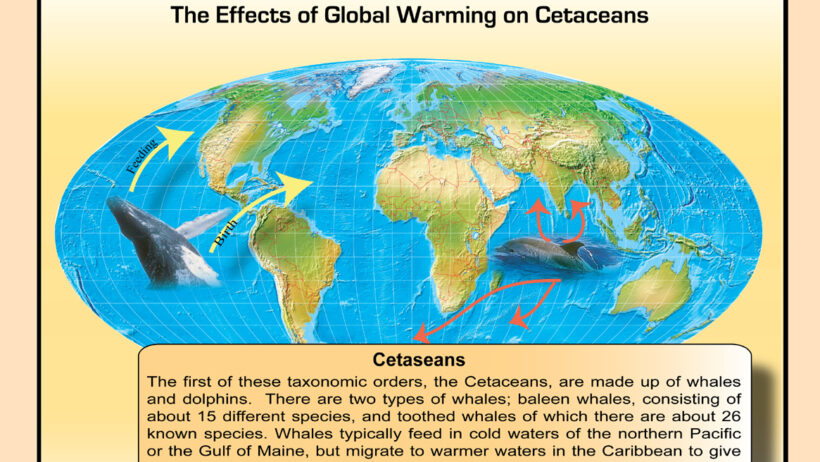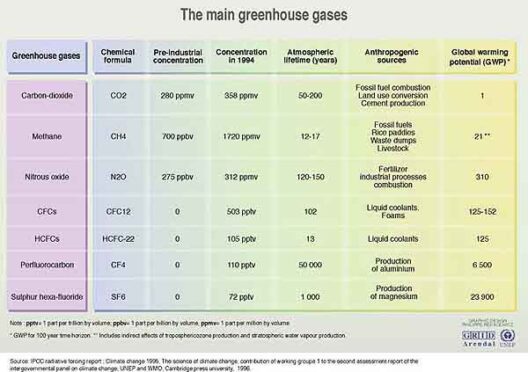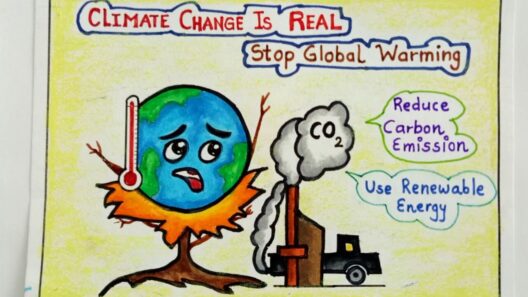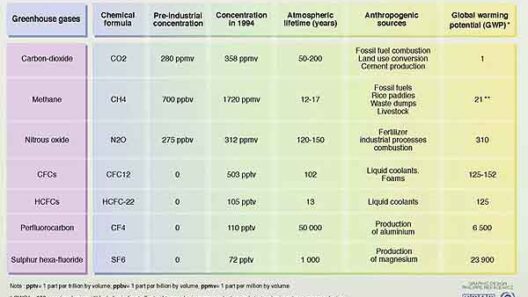Global warming serves as an intricate phenomenon that interweaves the realms of geology and the natural sciences. This confluence invites us to adopt an interdisciplinary perspective, revealing how various fields interact and converge to elucidate the complexities of climate change. The global climate crisis challenges us to reconsider traditional academic boundaries while encouraging a holistic understanding of the Earth and its systems.
At its core, global warming is largely attributed to the increase in greenhouse gases, such as carbon dioxide and methane, in the atmosphere. These gases trap heat, thereby exacerbating the Earth’s natural greenhouse effect. Understanding the geological history helps contextualize current warming trends. For example, by studying sedimentary rock layers, scientists glean insights into past climates, including periods of both significant warming and cooling. The research into these ancient climates paints a compelling picture of Earth’s dynamic and often tumultuous climatic shifts over millions of years.
The geological record is replete with evidence of natural climate change; however, the current rate of warming stands out as a departure from the historical norms. The Permian-Triassic extinction event, where the Earth experienced an unparalleled rise in temperatures, showcases how geological shifts can cascade into catastrophic biotic consequences. Such retrospectives help frame the current discourse around anthropogenic climate change while instilling a sense of urgency. As we delve deeper into geological studies, one finds that historical precedents harbor valuable lessons for contemporary society.
Furthermore, understanding the stratigraphy of various geological formations allows scientists to track changes in Earth’s atmosphere and ocean temperatures over time. Fossilized remains of flora and fauna present in these layers convey critical information about ecosystems that once thrived under different climatic conditions. By mastering techniques such as stable isotope analysis, researchers can interpret historical biological responses to past climate events, thereby forming a robust narrative linking geological processes with ecological outcomes.
Natural sciences, including climatology, biology, and oceanography, play pivotal roles in our understanding of global warming. Each discipline contributes unique methodologies and perspectives. Climatology, for instance, utilizes climate models to simulate future scenarios based on varying greenhouse gas emission trajectories. These models are instrumental in predicting the likely ramifications of sustained fossil fuel dependence as well as the potential for renewable energy solutions. However, modeling can only be as effective as the data fed into it. Hence, advancements in geological sciences are vital to enriching climate models with accurate past climate data.
Biology, particularly the study of habitat and species resilience, is crucial in adapting to and mitigating the effects of global warming. By researching ecological interactions within various ecosystems, scientists can forecast how species will respond to rising temperatures, altered precipitation patterns, and shifting habitats. This knowledge is essential for conservation efforts aimed at preserving biodiversity, especially in marginal areas where species are most at risk from climatic changes.
Oceanography contributes substantially to our understanding of climate effects. The oceans absorb a significant portion of the excess heat generated by human activities, manifesting in phenomena such as ocean acidification and altered currents. Understanding these processes is imperative, as they affect weather patterns globally and disrupt marine ecosystems. Moreover, interdisciplinary collaboration between oceanographers and geologists can elucidate sedimentary records, revealing the interplay between oceanic and atmospheric conditions throughout Earth’s history.
Policy-making cannot overlook the importance of interdisciplinary collaboration. Policymakers equipped with findings from both geological and natural sciences possess the tools to enact legislation that addresses climate change comprehensively. Integrating scientific perspectives into policy ensures that responses are robust, adaptive, and backed by empirical evidence. By convening interdisciplinary teams, the creation of policies grounded in scientific reality becomes not just possible but imperative for effective climate action.
Moreover, fostering communication between scientists and non-scientists is paramount in engaging the public’s interest in global warming. Effective outreach can demystify complex geological and scientific concepts, making them accessible and relevant. Engaging presentations, public workshops, and visual storytelling can pique curiosity and stimulate discourse around climate action. An informed electorate is vital for propelling society toward sustainable practices and a stronger commitment to mitigating climate change.
As we navigate through the intricacies of geology and natural sciences, the concept of sustainability becomes intertwined with our discourse on global warming. Sustainability entails not only environmental stewardship but also the socioeconomic structures aiding in the management of natural resources. A geologically informed approach differentiates between sustainable practices and exploitation, emphasizing the capacity of ecosystems to renew themselves if managed wisely.
The dialogue surrounding climate change and its geological implications has profound ethical dimensions. Understanding our responsibility as stewards of the planet transcends disciplinary boundaries. By examining the anthropogenic factors contributing to global warming, one acknowledges the ethical obligation to preserve Earth’s habitats and support vulnerable communities affected by climate change. The intersection of science, ethics, and morality calls for a unified effort to foster collective action toward meaningful change.
In conclusion, the complexity of global warming and its implications requires an interdisciplinary viewpoint that embraces the insights of both geology and the natural sciences. As we strive for clarity amidst the chaos of climate change, fostering curiosity and perspective is crucial. The lessons learned from the Earth’s past provide a compass guiding us toward a sustainable future. Addressing global warming through the lenses of geology and natural sciences promises not only to enrich our understanding of the planet but also to catalyze transformative action. As we traverse this increasingly precarious path, the interwoven narratives of science will serve as both our guide and a clarion call for concerted action.
